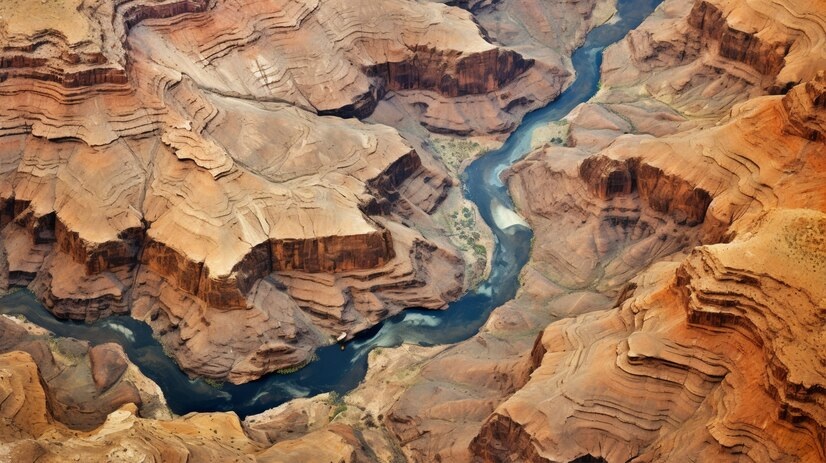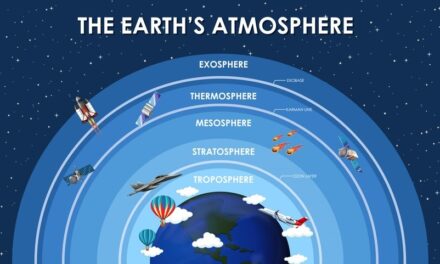Major landforms are the prominent natural features that shape the Earth’s surface, ranging from towering mountains to vast plains and deep ocean trenches. Mountains, formed through tectonic activity, rise majestically above the Earth’s surface, with peaks often capped in snow and ice. Valleys, carved by the erosive forces of water and ice, lie nestled between mountain ranges, offering fertile soils and habitats for diverse ecosystems.
Plateaus, elevated flatlands, stretch across vast expanses, showcasing rugged terrain and stunning vistas. Deserts, characterized by arid landscapes and sparse vegetation, cover large swathes of land, shaped by the forces of wind and limited precipitation. Plains, expansive low-lying areas, provide fertile grounds for agriculture and are often crisscrossed by rivers and streams. Meanwhile, coastlines boast a variety of landforms, including cliffs, beaches, and coastal plains, shaped by the relentless action of waves and tides. Together, these major landforms form the foundation of Earth’s diverse and captivating landscapes, each playing a vital role in shaping our planet’s geography and ecosystems.
The worksheet covers the following topics: –
Mountains
Importance of mountains
Plateaus
Importance of plateaus
Plains
Importance of plains
Deserts
Rivers
The upper or the younger course
The middle or the mature course
The lower or the old course
Major Landforms- The Explorer’s Sheet
This worksheet is designed to help the students learn the concepts and the topics deeply. It encourages the child to think logically and explore the answers.
Some simple home-based activities are shared to encourage the child to do-and-learn.

















